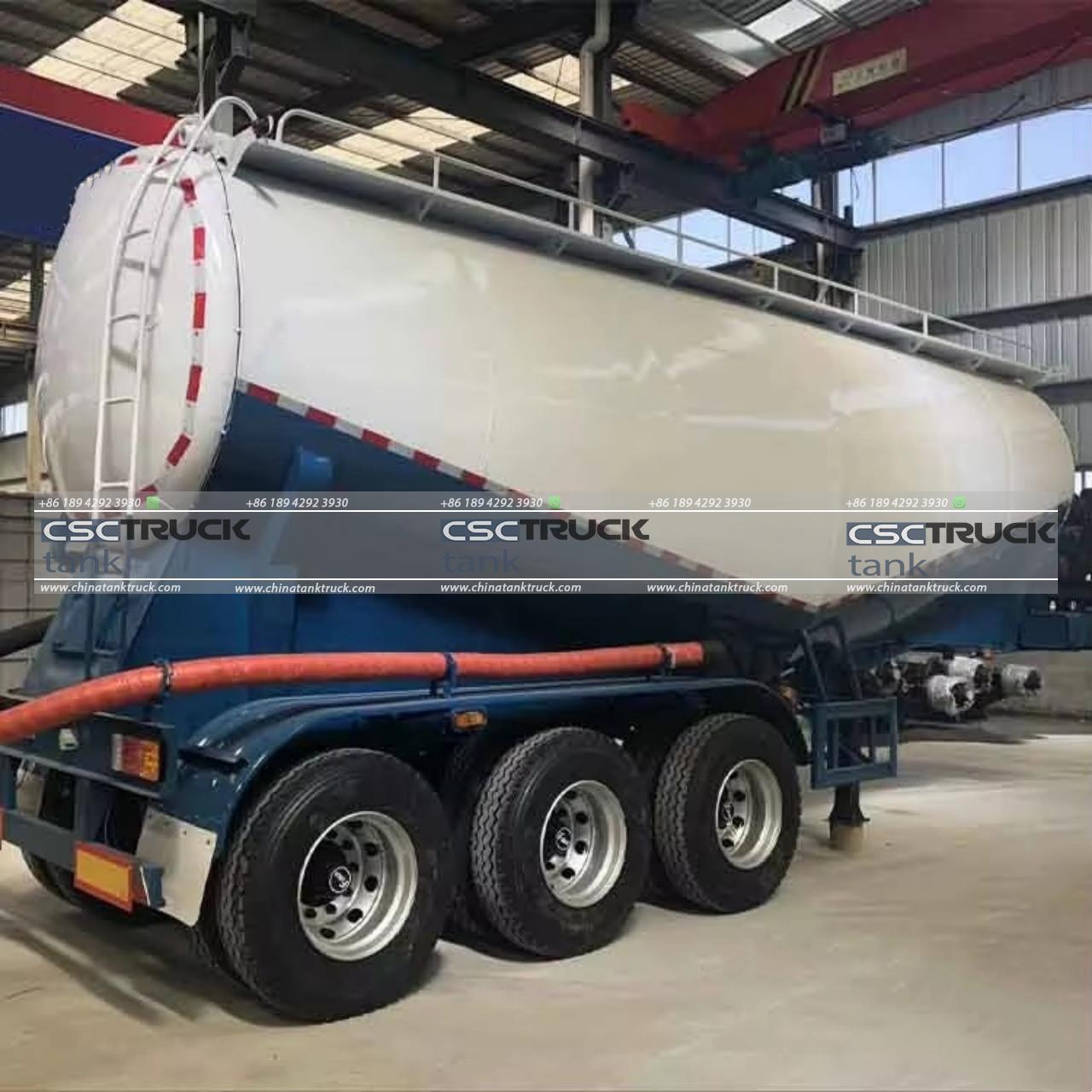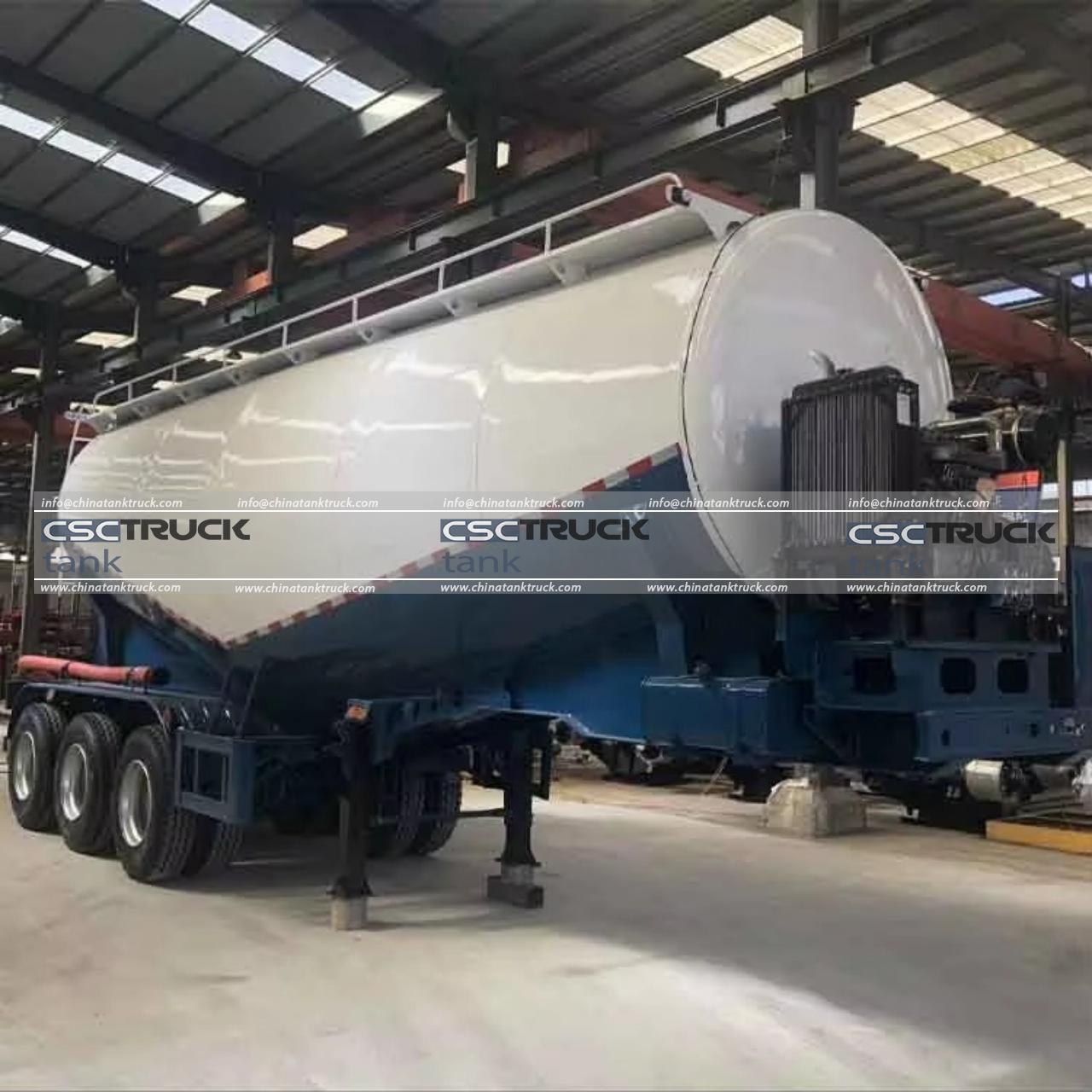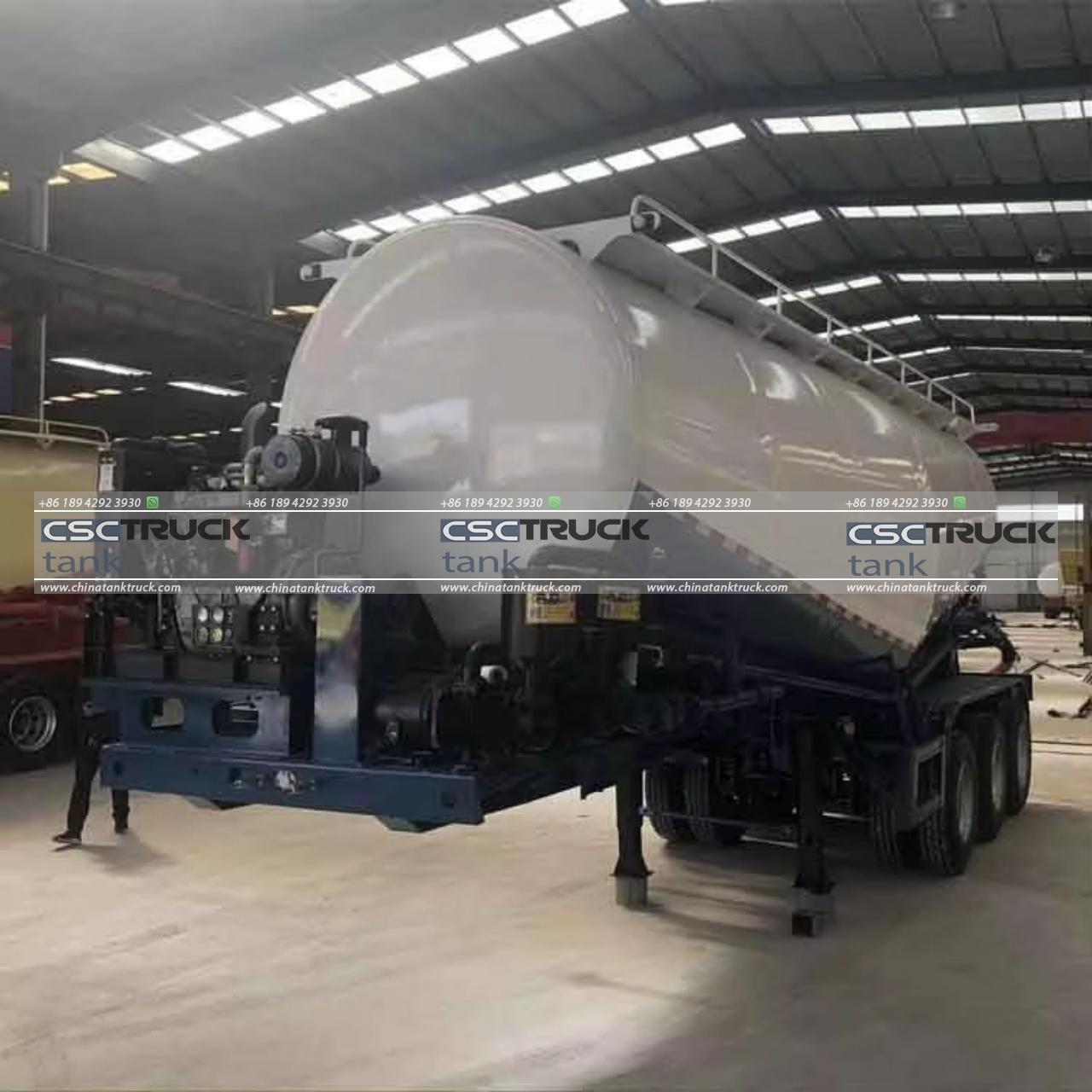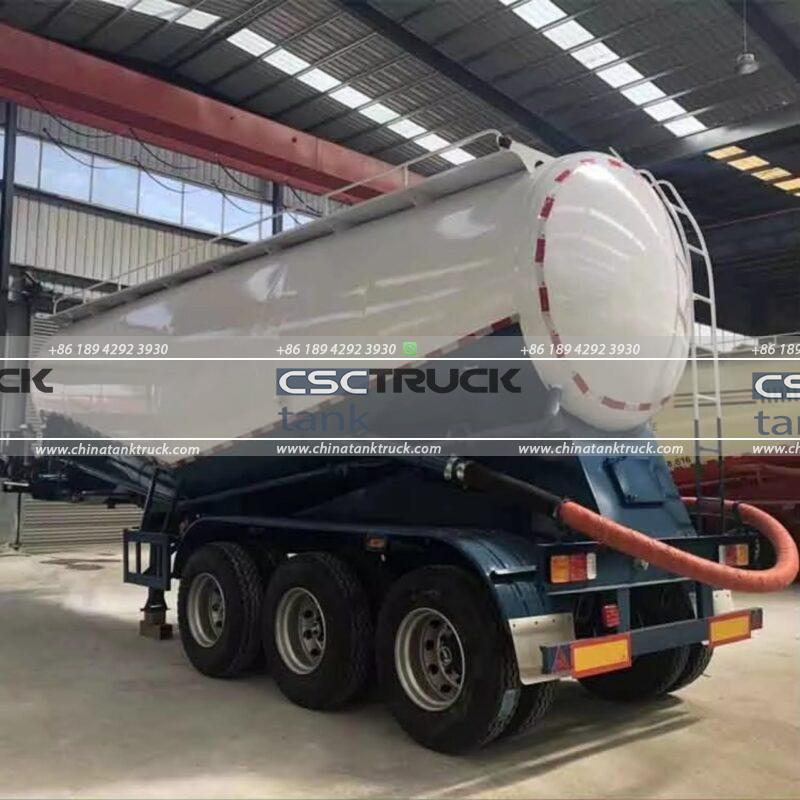How Do Pneumatic Trucks Work?
Pneumatic trucks, also known as pneumatic tankers or bulk tankers, are specialized vehicles designed to transport and deliver bulk materials in powder or granular form. These trucks play a critical role in industries such as construction, agriculture, and manufacturing, where they efficiently move large quantities of materials like cement, flour, sugar, and plastic pellets. Understanding how pneumatic trucks work involves exploring their key components, the principles of pneumatic conveying, and the overall operation process.
Key Components of Pneumatic Trucks
1. Pneumatic Tank:
The heart of a pneumatic truck is its tank, which is a large, cylindrical vessel typically made of aluminum or steel. The tank is designed to hold the bulk material and is divided into several compartments to accommodate different types of materials or to manage the load distribution. The tank is pressurized to facilitate the discharge of the material.
2. Compressor:
A compressor is a vital component that generates the compressed air required to move the bulk material. The compressor is typically powered by the truck’s engine or an auxiliary power unit and is responsible for supplying a steady stream of air at a specific pressure and volume.
3. Air Filter and Dryer:
Before air is introduced into the tank, it passes through an air filter and dryer. The filter removes contaminants like dust and particles, while the dryer eliminates moisture from the air, ensuring that the material being transported is not compromised by water vapor.
4. Discharge System:
The discharge system consists of piping, valves, and hoses that control the flow of the material from the tank to the delivery point. The system is designed to maintain the pressure needed to keep the material moving efficiently.
5. Air Pressure Gauges and Controls:
These components allow the operator to monitor and regulate the air pressure within the tank and the discharge system. Proper pressure control is crucial for safe and efficient operation.
6. Manholes and Safety Valves:
Manholes provide access to the interior of the tank for inspection and cleaning. Safety valves are installed to release excess pressure and prevent over-pressurization, which could lead to dangerous situations.

The Principle of Pneumatic Conveying
Pneumatic trucks operate based on the principle of pneumatic conveying, a method that uses air pressure to move bulk materials through a pipeline or hose. There are two primary types of pneumatic conveying systems: **pressure systems** and **vacuum systems**.
– Pressure Systems:
In a pressure system, the compressor generates compressed air, which is introduced into the tank. The air pressure inside the tank forces the material out through the discharge system. The material is then transported to its destination via a hose or pipeline. Pressure systems are commonly used for longer distances and heavier materials, as they can generate higher pressures.
– Vacuum Systems:
Vacuum systems, on the other hand, use a vacuum pump to create a negative pressure within the tank. This negative pressure draws the material into the tank from an external source, such as a storage silo. The material is then transported through the discharge system using either the vacuum or a combination of vacuum and pressure. Vacuum systems are typically used for lighter materials and shorter distances.
How Pneumatic Trucks Operate
The operation of a pneumatic truck involves several steps, from loading the material to unloading it at the destination. Here’s a step-by-step breakdown of how pneumatic trucks work:
1. Loading the Material:
The process begins with loading the bulk material into the tank. This can be done using gravity, where the material is poured into the tank from a storage silo or hopper, or by using a vacuum system to suck the material into the tank. The material is evenly distributed across the compartments to ensure stability during transport.
2. Pressurizing the Tank:
Once the material is loaded, the tank is sealed, and the compressor is activated. Compressed air is introduced into the tank, increasing the internal pressure. The pressure is carefully monitored to ensure it reaches the level required for efficient discharge without exceeding safety limits.
3. Transporting the Material:
With the tank pressurized, the pneumatic truck is ready for transport. The material remains fluidized due to the continuous airflow, which prevents it from settling and clumping together. This fluidization is crucial for maintaining the flowability of the material during transport.
4. Unloading the Material:
Upon reaching the destination, the unloading process begins. The operator adjusts the air pressure and opens the discharge valves, allowing the material to flow out of the tank. The material is typically discharged into a storage silo, hopper, or directly into the processing equipment. The discharge process is controlled to ensure a steady flow and to prevent blockages.
5. Cleaning and Maintenance:
After unloading, the tank and discharge system are cleaned to remove any residual material. Regular maintenance is essential to keep the pneumatic truck in optimal condition. This includes checking the air filter and dryer, inspecting the compressor, and ensuring that all safety valves and gauges are functioning correctly.

Advantages of Pneumatic Trucks
Pneumatic trucks offer several advantages over other types of bulk material transportation:
– Efficiency: Pneumatic trucks can quickly load and unload large quantities of material, reducing downtime and increasing productivity.
– Versatility: These trucks can handle a wide range of materials, from fine powders to coarse granules, making them suitable for various industries.
– Safety: The sealed tank design minimizes the risk of material contamination and environmental exposure. Additionally, the pressurized system reduces the likelihood of spillage.
– Reduced Labor: The automated loading and unloading processes reduce the need for manual labor, lowering the risk of injury and labor costs.
– Flexibility: Pneumatic trucks can access locations that may be challenging for other types of bulk carriers, such as remote construction sites or urban areas with limited space.
Challenges and Considerations
While pneumatic trucks are highly efficient, they also present some challenges:
– High Initial Cost: The specialized equipment and components required for pneumatic trucks can result in a higher initial investment compared to other types of bulk carriers.
– Maintenance Requirements: Regular maintenance is crucial to prevent system failures and ensure the longevity of the equipment. This can add to the overall operating costs.
– Material Compatibility: Not all materials are suitable for pneumatic conveying. Sticky or abrasive materials can cause blockages or wear down the components, leading to increased maintenance.

Conclusion
Pneumatic trucks are essential for the efficient transportation of bulk materials across various industries. Their operation is based on the principles of pneumatic conveying, using compressed air to move materials through a sealed system. With their ability to handle a wide range of materials and provide safe, efficient, and versatile transportation, pneumatic trucks continue to be a valuable asset in logistics and material handling. However, operators must be aware of the challenges and maintenance requirements to ensure optimal performance and longevity of these specialized vehicles.

